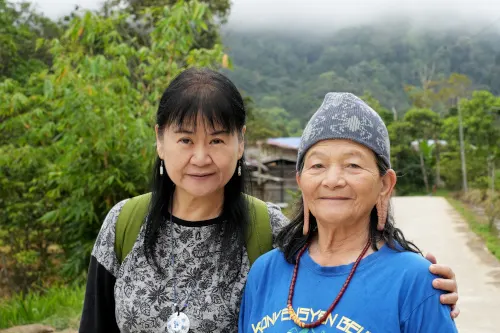
Located in the northeastern corner of Sarawak, at about 3,500 feet above sea level, lies the renowned Bario Highland - a Kelabit territory belonging to one of the Orang Ulu tribes of Sarawak. In the Kelabit language, Bario means 'Wind'; its correct pronunciation is 'Bariew.'
The Bario Highland is known as the 'land of a hundred handshakes'; the friendly locals will greet you with a handshake as you mingle around the community.
Bario is the gateway to the Kelabit highlands, with a small airport and a simple network of roads connecting some of the nearby villages.

Although regular flights are coming here from Miri, booking a flight is not easy, as the runway is short and can only accommodate the tiny Twin Otter at Bario Airport, which has a maximum capacity of eight passengers for safety reasons, despite being designed for 16 passengers.
1. Bario Airport

We bought our flight tickets well in advance for our trip from Kuala Lumpur to Miri. This allowed us to visit Bario and revisit Mulu, where we had been twenty years ago. And, of course, we couldn't miss the Niah Cave.

It took a 50-minute from Miri to Bario, and we were treated to breathtaking views as the plane flew low over the surrounding area. We snapped numerous photos during the flight.
After landing, we were transferred to the NancyHarriss Guesthouse. The roads in the area are pretty bumpy, and we hardly saw any cars, only trucks and four-wheel drives.
Watch the video of the best places to visit in Bario (at the end of this article) 👇👇.
2. NancyHarriss Guesthouse
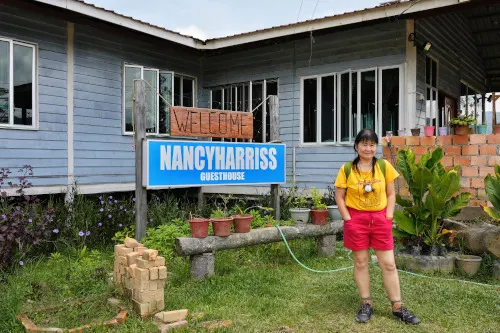
The guesthouse is basic but clean and homely. The main building has a large sitting room in front, followed by the dining area. Although there are guest rooms in the main building, we were given a separate chalet just a minute away.
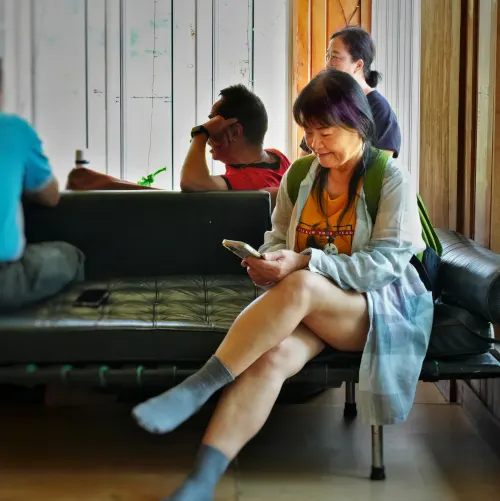
Our room had an attached toilet, tea-making facilities, and a hot water supply, which is important as the temperature in Bario is quite cold due to its location in the Kepapit Highland.
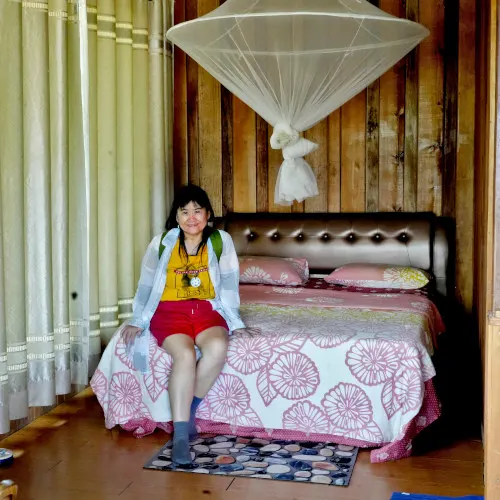
After a brief rest, we headed straight to the dining hall for lunch. Nancy, the owner, prepares all the local food using local produce and vegetables. The cooking style is very homely, and the rice served is the famous Bario rice, recognized as the best quality rice produced in Malaysia.
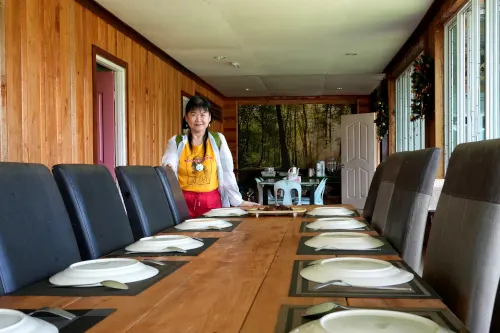
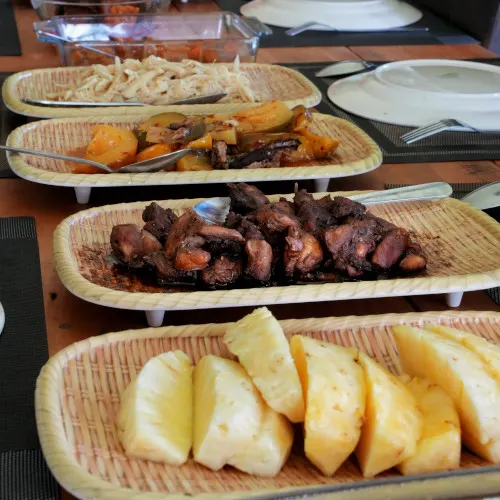
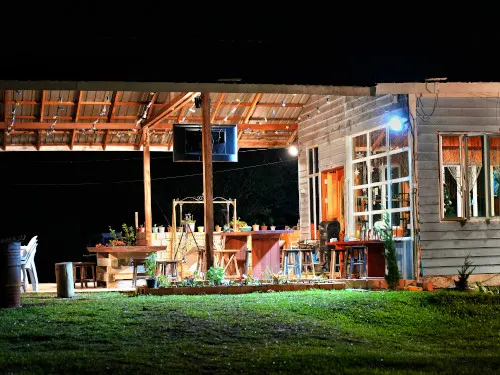
3. Salt Spring at Pa Umor
After lunch, we immediately set out to visit some of the places we had planned to see.

After lunch, we were supposed to visit one of the natural salt springs near a village. Unfortunately, upon arrival, we found no one was operating the salt spring.
Our local guide, however, explained the process of making Bario salt. In the olden days, local people could visit the salt spring and make salt whenever they wanted. Any excess salt would be traded or sold, but for the most part, it was produced for personal use. Very few people work in the spring these days, as most Kelapit villagers buy their salt.
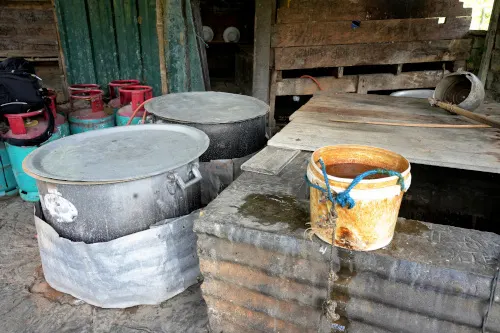
Salt is extracted from a well's water and transferred to a cooking drum (cauldron). The villager heats the salt water over the fire until the water evaporates, which takes about 24 hours. The process requires enough firewood to sustain the long process, so some have used gas as a substitute.

Next, the salt is placed in a bamboo. When the bamboo is filled with salt, it is kept vertically near the fire to drain. After that, they burn the bamboo inside the fire until the salt solidifies and hardens. The solid salt is removed, cleaned, and finally wrapped in leaves and tied up with rattan.
The locals prefer Bario salt for cooking because it doesn't discolor vegetables and won't make them sour the next day. Visitors like to buy this well-known salt because of their admiration for the traditional skill, art, and presentation of this salt product.
4. Tosari Farm, Pa' Ukat, Bario
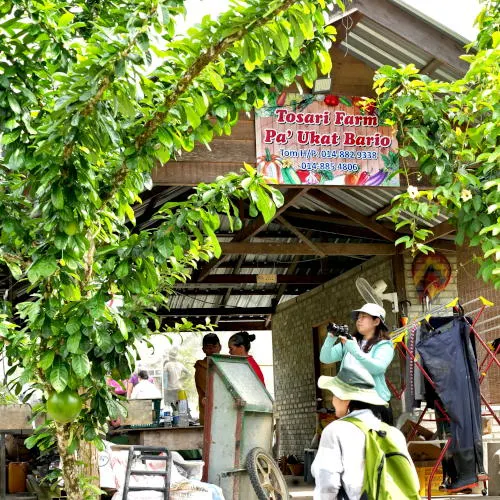
In these farms, the primary crop is grapes. However, they cultivate other fruits, including chilies, golden melons, apples, dragon fruits, durians, and pineapples. The person in charge stated that the grapes grown here are mainly hybrid species from different countries. They are conducting further research and tests to determine the species that best suits the climate of Bario and produces the highest quality grapes.
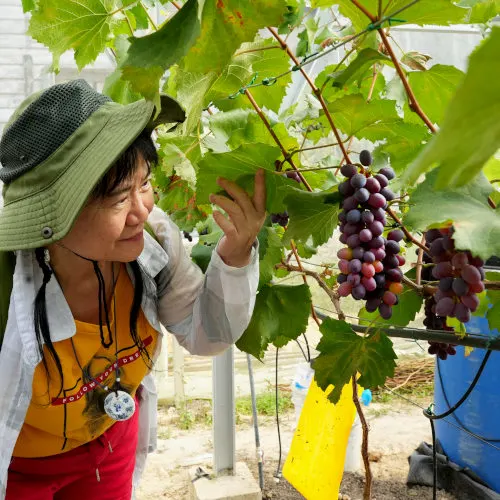
After we visited the farm, we walked to a nearby handicraft center to check out the locally made handicrafts. Finally, we returned to NancyHarriss guesthouse to rest before having dinner and enjoying a local cultural performance.
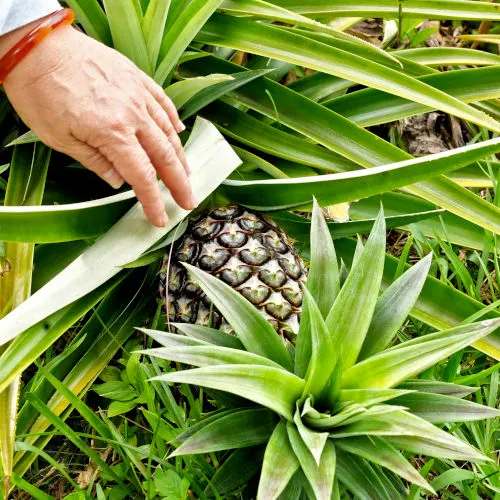
5. Cultural performance by the Kelabit people
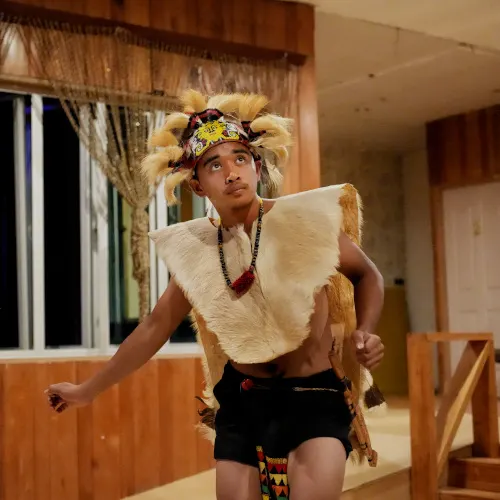
One of the best things to do is to be involved in the cultural performance by the local people. The agent explained that if the performance is held in the longhouse, the cultural experience is more intense. However, it can be challenging to take good photographs and videos in the longhouse due to the low lighting. We decided to invite the performers to our guest houses instead.
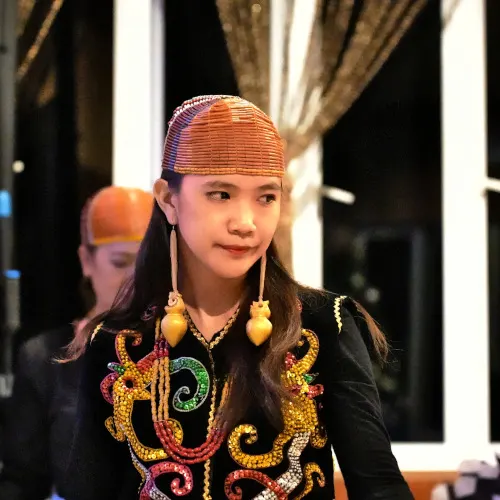
The performance itself was very engaging. It included traditional songs and dances, both individual and group performances. However, the most memorable part was that we were all invited to participate. It was more than just a performance - an opportunity to learn and connect with the local culture. We were fully involved, even poking fun at the performers. Overall, it was a wonderful experience to immerse ourselves in the local practices and way of life.
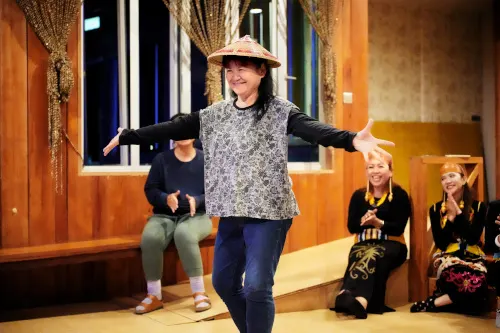
6. Twin Pioneer Wreck, Bario
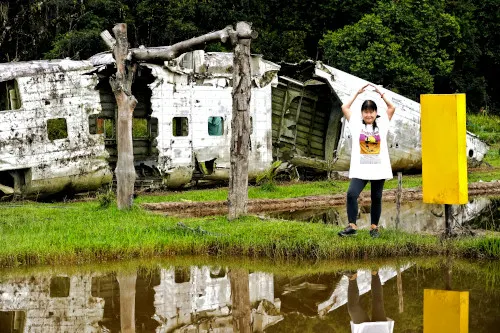
An old plane wreck has become a popular tourist attraction due to its unique and picturesque scenery at NancyHarriss Guesthouse. It is only a minute's walk away from the main building of the guesthouse and is cut into three sections.
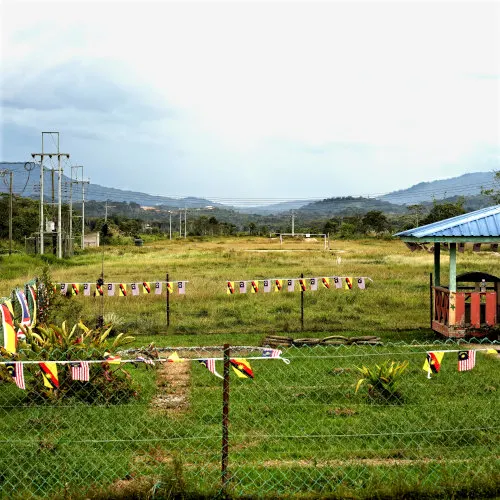
Visitors are always curious about the story behind the plane wreck and its connection to Nancy’s family. According to Nancy, the old runway of Bario airport is nearby. In 1964, a Scottish Aviation Twin Pioneer plane skidded off the runway and came to rest in a ravine close to where Nancy's family was staying. Fortunately, all four crew members survived the accident without any injuries.

Initially, the plane was salvageable, but it was damaged beyond repair when the army attempted to drag it away from the runway using ropes. As a result, it was written off. Nancy's father-in-law was unhappy with the plane wreck being so close to the paddy field, but it was too heavy to move. Therefore, he cut it into three sections to move it away from its original position.
In 2013, the plane wreck was finally moved to its present position as it was obstructing the construction of a farm road. Since then, it has become a popular tourist attraction. Nancy decided to let outsiders visit the site by charging a small fee of RM5 to help her maintain the plane wreck.
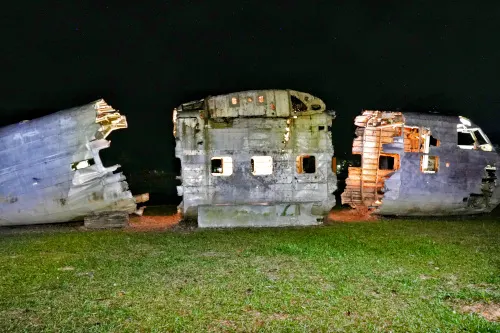
It is also a perfect place to take some creative photos. We use it as the subject to take some. pictures at night, which is stunning.
7. Pa'Ramapuh Waterfall
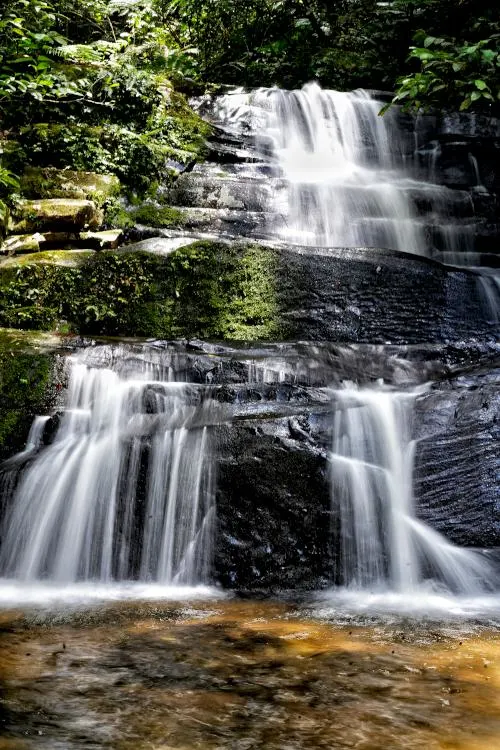
Trekking is one of our favorite activities. So, when we were asked whether we were interested in trekking to the Pa'Ramapuh Waterfall, we immediately agreed. Many multi-day treks are here, but we can't do so due to our short time in Bario.
The four-wheel drive picked us up from the NancyHarriss guesthouse around 10:30 a.m. on a hot day. We were fully equipped with hats, rubber shoes, and insect repellent.
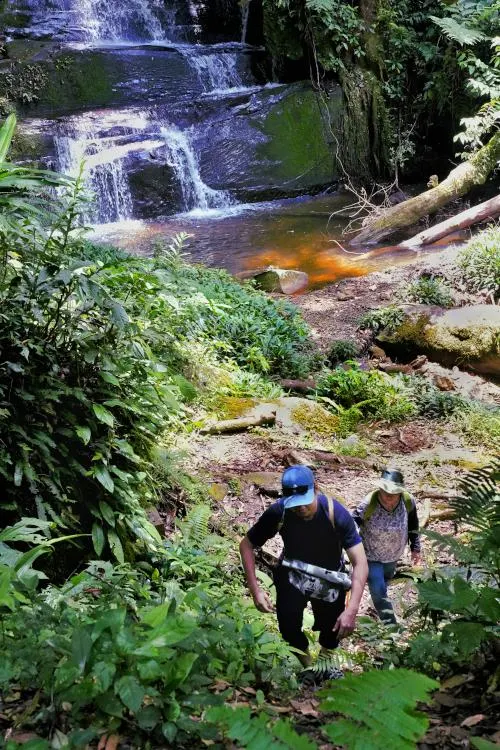
It took us about an hour from the trailhead to the waterfall. The trail was muddy in some areas, so wearing rubber shoes was a good decision. Additionally, some narrow paths are next to the creek cliff, and some steep climbs are in certain places, so you should be at a good fitness level to enjoy the journey.
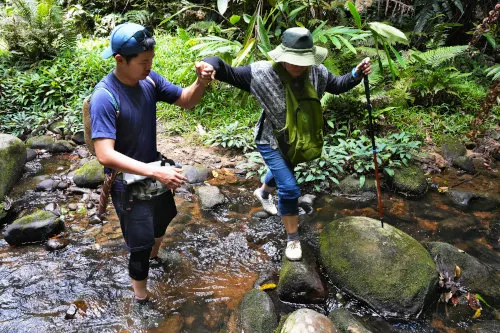
Yesterday, it rained, but we were fortunate not to be bitten by leeches. It should be even worse if it is during the rainy season. The trail is relatively primitive, without a boardwalk, and we appreciated its originality without much human intervention.
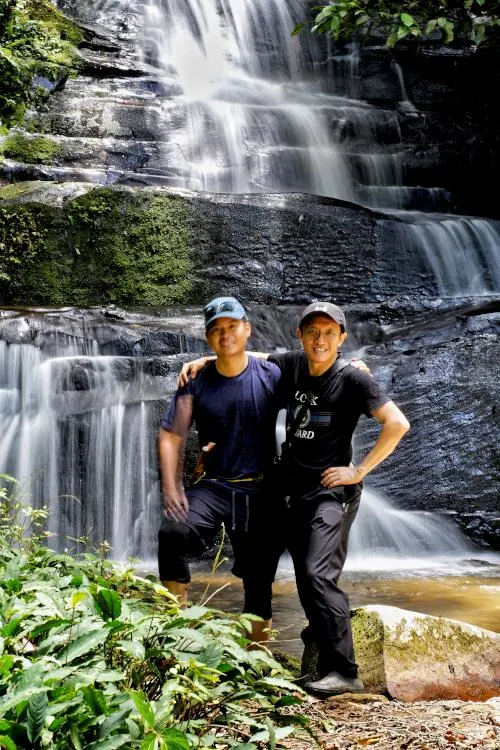
Upon arriving at the waterfall, we were greeted with its splendid beauty. We took time to capture photos and videos and enjoyed snacks before returning.
8. Bario Asal Lembaa Long House
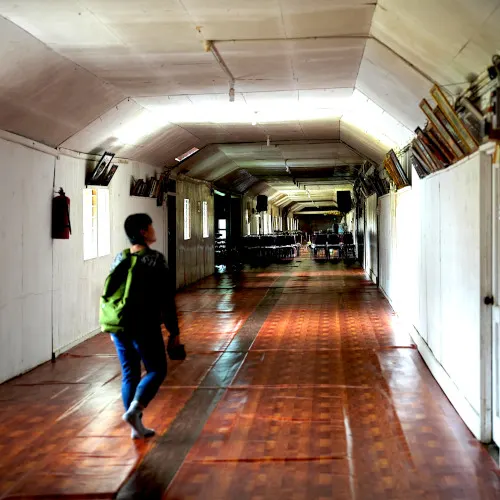
Visiting the longhouse is one of the top things to do in Bario. On the second day, we had a guided tour of the Bario Asal Lembaa Long House, the oldest longhouse with 23 doors built in a traditional architectural style.
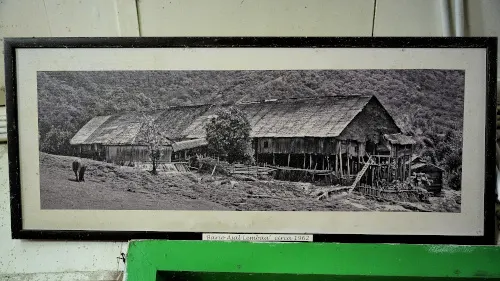
The longhouse is divided into three parts. The first part is the kitchen with a hearth (tetel). The middle part (tilung) comprises bedrooms and a private living area. The third part is a common hall used for weddings and celebrations, decorated with numerous generations of family photos. Nancy showed us some of the photos that belonged to his family.
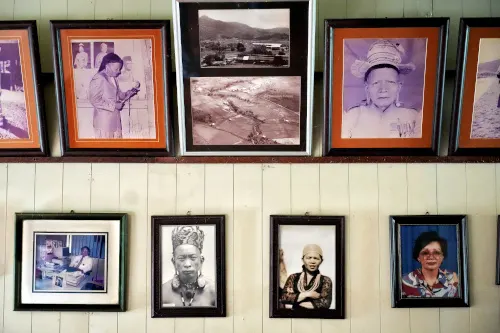
The longhouse is over 60 years old and is the first modern longhouse. In the old days, the traditional longhouses were built on stilts.
Madam Bulan, a relative of Nancy, greeted us at the longhouse and showed us around. Everyone in Bario knows each other as they are from closely related local Kelabit families.
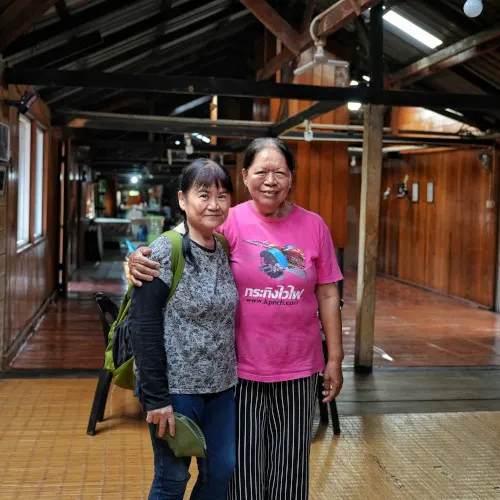
She is also a homestay operator of Bario Valley and invited us to her homestay. She then demonstrated how their parents prepare meals for them early in the morning using the original hearth.

9. Street food at the town center
We were supposed to track up to Prayer Mountain in the morning. However, since yesterday it was raining, We anticipated it would be pretty slippery. After much consideration, we decided to go to the town center (Tamu). Over here, we ordered the famous street food Bario Laksa before heading to Kampung Arur Dalan.

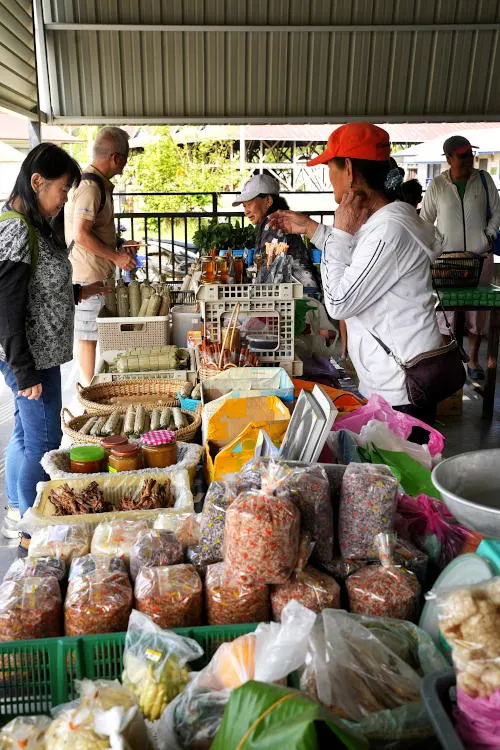
10. Kampung Arur Dalan
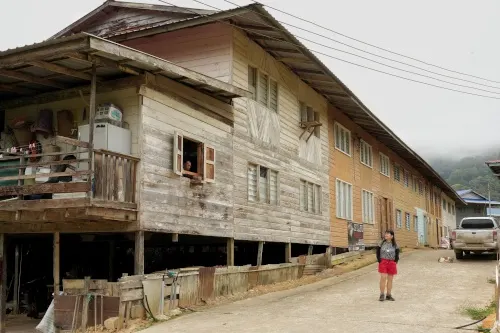
After much consideration, we decided to go to the town center (Tamu). Over here, we ordered the famous street food Bario Laksa before heading to Kampung Arur Dalan.
Kamppung Arur Dalam is near the trailhead leading up to the Prayer Mountain. We thought of flying our drone from here up to the mountaintop to take some photos, but it was quite misty this morning, and we abandoned the idea since it can be too risky to do so.
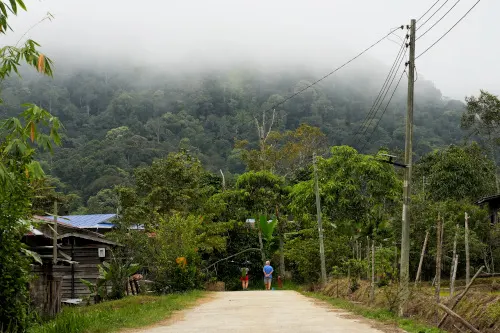
(Prayer Hill was covered by mist.)
As we walked through the paddy fields, we took advantage of the reflection to snap some beautiful photos. Then, we came across an elderly Kelabit woman outside the longhouse. Although she spoke in the Kelabit language. she claimed to have met us the day before at the market and was very friendly and conversing with us in English.
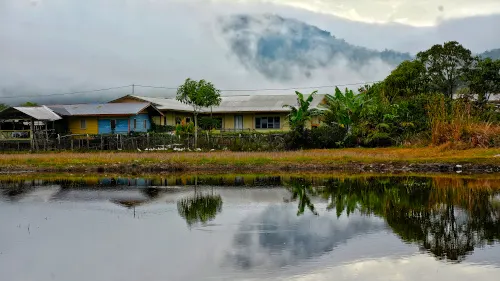
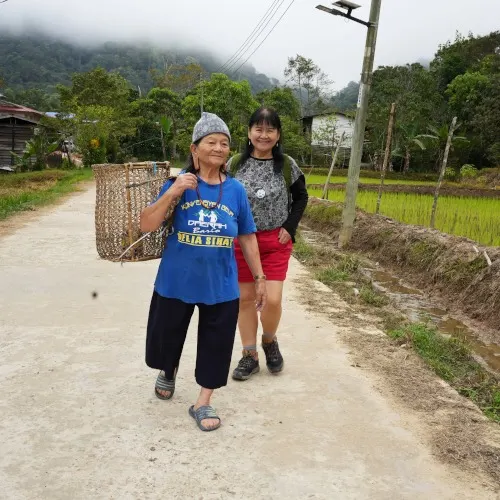
She was one of the few ladies we met in Bario with extended earlobes and revealed that she was 74 years old. Her son and daughter lived overseas, with only herself and her husband still living in the highland. Despite this, she still attended to her small pineapple farm and fed her chickens daily. She even offered us to taste her fresh pineapple, but we politely declined as we had to return to our homestay.
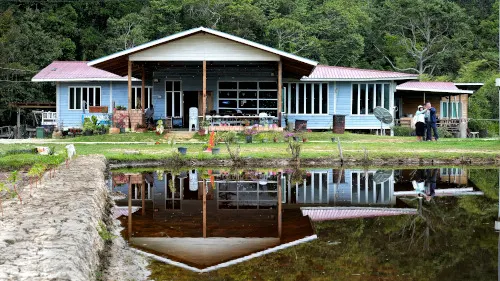
Bario is the main settlement for the indigenous Kelabit tribe. However, we wondered about the future of the Kelabit people here, with only around one thousand remaining in Bario. Most of the younger generation has left for the city, leaving behind only children and the elderly. We wondered if we would still be able to meet anyone with extended earlobes if we revisited Bario when the current generation of elderly is no longer around.
In another family living in the same longhouse, we saw a middle-aged man with a young lady, likely her daughter, looking out the window while enjoying tea. This surreal scene exemplified the close relationships between Kelabit families, which is hard to find in big cities like Kuala Lumpur.

We cherished our carefree moment walking around the village, something we rarely experience in the city.
11. Returning home
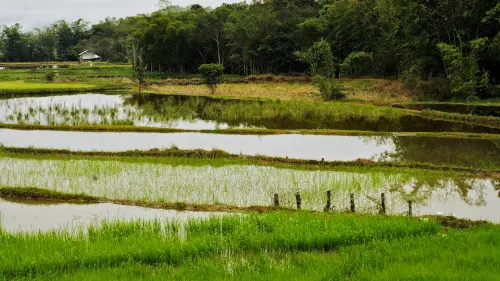
We returned to our homestay, packed up our luggage, bid farewell to our host, Nancy, and headed again for the Bario airport.
If you ask me whether it's worth visiting Bario, my answer is a resounding yes. We had a great time in Bario. It is a beautiful place with average temperatures around 19°C and 28°C. I loved the weather, the scenery, and, most importantly, meeting the Kelabit people, who are so friendly and unique. It's an escape from the hustle and bustle, with minimal internet connection, which forces us to reconnect with nature. Everything feels basic, unpolluted, and unpretentious, so we prefer visiting places like this rather than large cities.
12. Other places to visit in northern Sarawak
During our trip to Northern Sarawak, we also flew to Gunung Mulu National Park to explore the Mulu Caves, a UNESCO World Heritage Site. Besides, we couldn't miss visiting the famous Niah Cave in Niah. Furthermore, we spent a day in Brunei and explored all the attractive places in Miri.
Watch the video we shot at Bario 👇👇.
We also uploaded a video of our trip to Bario. Please click the image below to bring you to our YouTube channel (shot in high definition!).
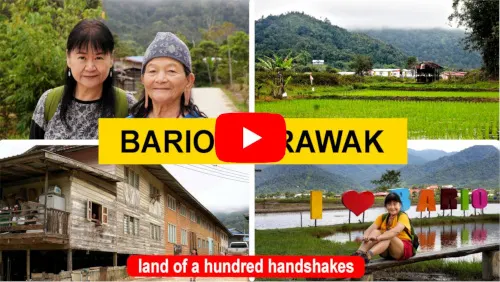
Our travel plans were organized by Brighton Travel & Tour Sdn. Bhd., who can help you plan your trip to Bario and other destinations in Sarawak.

May
Monday 24th of February 2025
Thank you for your interesting and insightful article. I have a few friends from Bario living in PJ Selangor but have never been there myself. Your experience shared has ignited my interest and desire to visit. Thanks again.
Rolland Ayu
Friday 29th of September 2023
Very interesting trip to the Bario Highlands. There's another destination nearby Miri that you may not know. The Loagan Bunut Lake. The largest natural lake in Sarawak if not Malaysia covering an area of approximately 650 hacters
Hj Zainudin
Thursday 14th of September 2023
The kelabit People are very friendly ,I have lots of kelabit friends since my school time in 60s till now ,I always go to Bario
Sanjay Gurung
Thursday 14th of September 2023
Really impressed to go through ethic cultural habitual preserved with chill atmosphere. We hope to visit soon Bario highlands